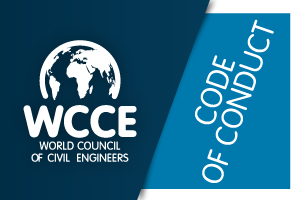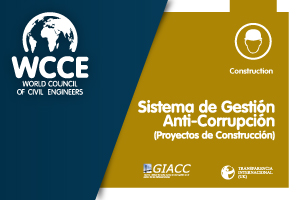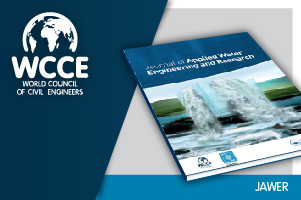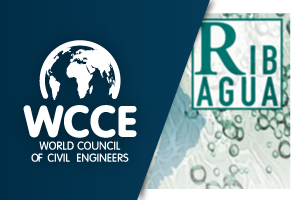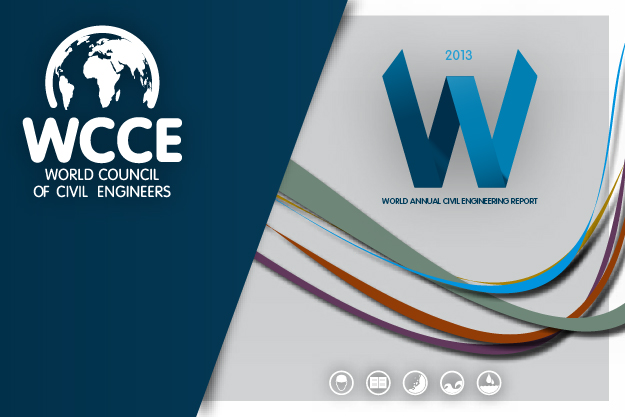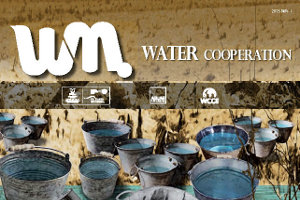 The WFEO Model Code of Practice and its Interpretive Guide are intended to explain the link between ethics and professional practice by considering engineering in the wider context of sustainable development and environmental stewardship.
The WFEO Model Code of Practice and its Interpretive Guide are intended to explain the link between ethics and professional practice by considering engineering in the wider context of sustainable development and environmental stewardship.
The Model Code of Practice is presented for consideration by the governing and registering bodies for engineers in every country, for use by engineering firms (for example, by posting on the wall as an expression of commitment) and for the professional development of individual engineers.
The WFEO Model Code of Practice for Sustainable Development and Environmental Stewardship was adopted at the September 2013 General Assembly.
The Ten Principles of the Code of Practice
- Maintain and continuously improve awareness and understanding of environmental stewardship, sustainability principles and issues related to your field of practice.
- Use expertise of others in the areas where your own knowledge is not adequate to address environmental and sustainability issues.
- Incorporate global, regional and local societal values applicable to your work, including local and community concerns, quality of life and other social concerns related to environmental impact along with traditional and cultural values.
- Implement sustainability outcomes at the earliest possible stage employing applicable standards and criteria related to sustainability and the environment.
- Assess the costs and benefits of environmental protection, eco-system components, and sustainability in evaluating the economic viability of the work, with proper consideration of climate change and extreme events.
- Integrate environmental stewardship and sustainability planning into the life-cycle planning and management of activities that impact the environment, and implement efficient, sustainable solutions.
- Seek innovations that achieve a balance between environmental, social and economic factors while contributing to healthy surroundings in both the built and natural environment.
- Develop locally appropriate engagement processes for stakeholders, both external and internal, to solicit their input in an open and transparent manner, and respond to all concerns – economic, social and environmental in a timely fashion in ways that are consistent with the scope of your assignment. Disclose information necessary to protect public safety to the appropriate authorities.
- Ensure that projects comply with regulatory and legal requirements and endeavour to exceed or better them by the application of best available, economically viable technologies and procedures.
- Where there are threats of serious or irreversible damage but a lack of scientific certainty, implement risk mitigation measures in time to minimize environmental degradation.
Further information can be consulted in the following link.


